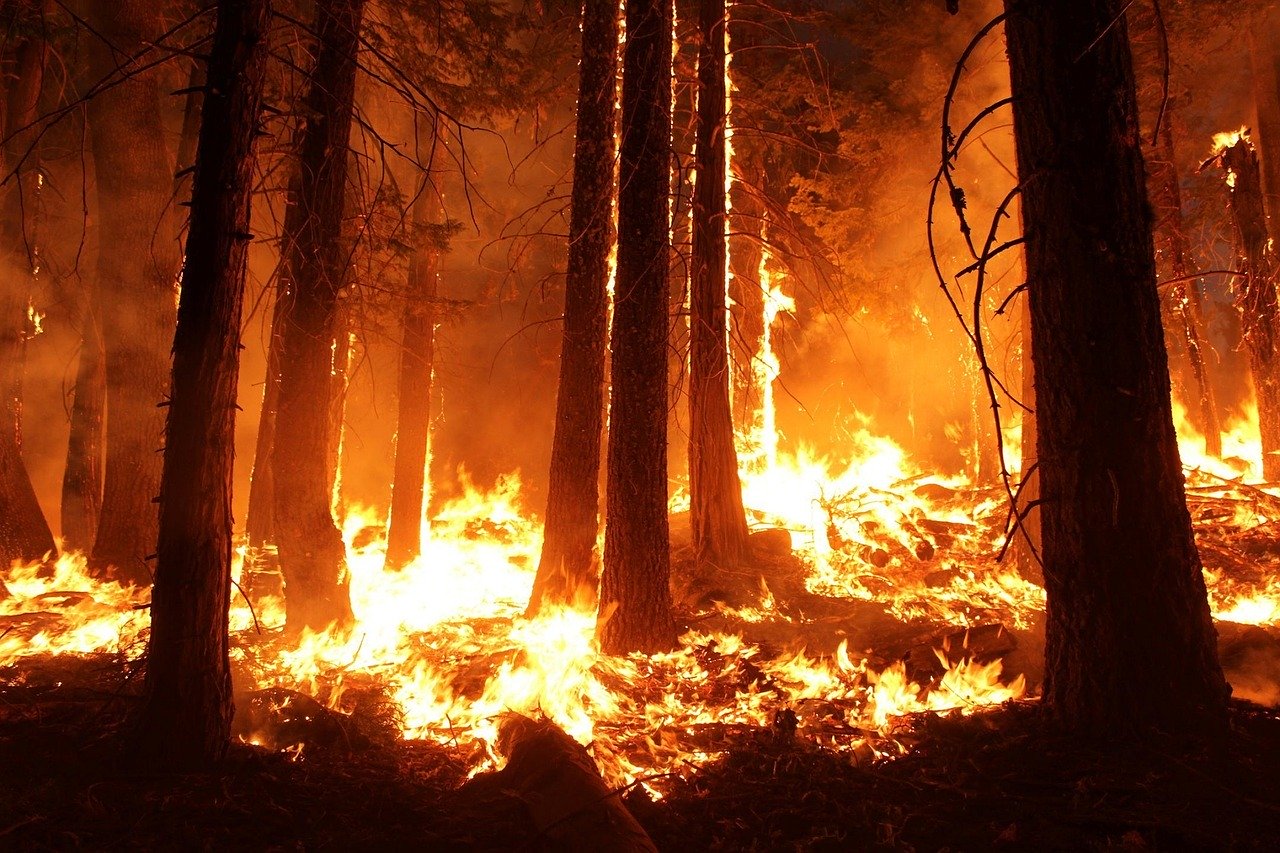Why Volcanic Rock Wool Insulation Is So Good?

How Volcanic Eruptions Shape the Way We Insulate
Let’s have a bit of fun with history.
Early in the 1900s, Hawaiian volcanologists found unusual wool-like fibre hanging from trees near Mount Kilauea. Locally it was called Pele’s Hair. Pele was the Hawaiian goddess of volcanoes. We now know it as volcanic rock wool.
Volcanic rock wool is produced naturally during volcanic eruptions when high winds blow across lava streams of basalt. It is common to find strands of Pele’s Hair in high places like treetops and electric poles. The phenomenon isn’t just something that you find in Hawaii. It can be found near other volcanoes around the world, for example in Iceland, where it is known as nornahár or witches’ hair.
It didn’t take very long for industry to realise the potential of volcanic rock as a building material. With its hard-wearing, non-combustible and UV stable (amongst other things) properties, volcanic rock is an ideal material for insulation.
How Does Volcanic Rock Wool Insulation Made?
Naturally Sourced
Basalt is a plentiful natural resource made from natural igneous rock. Fortunately for the residents of volcanic regions, eruptions are not an everyday affair. However, the process of forming this unique insulation material can be recreated in factories through a unique process.
Basalt rock is bought from the quarry to the factory where it is mixed with a steelmaking byproduct called slag. Slag is a byproduct, which would otherwise end up as landfill. The basalt and the slag are melted together in a furnace at a temperature of over 1400 degrees Celsius to recreate lava, which is then spun at high speed to form threads – much like fairy floss.
No Harmful Formaldehyde Used
The threads of lava are quickly cooled and then a small amount of binding agent is added to hold them together. No formaldehyde or harmful chemicals are used in the production of volcanic rock wool at all.
Water Repellent Designed
The randomly oriented threads are poured in a zig-zag fashion with varying layers depending on their insulation level. The layered process means water can easily escape so bacteria mould and mildew cannot live in the insulation, which is a clear advantage for health and safety. As volcanic rock wool fibres pass through the conveyor belt, they are sprayed with mineral oil that helps ensure its superior water repellency.
Structural Flexibility
Finally, volcanic rock wool fibres are compressed for density and are baked in an oven which sets the binders. The reason that volcanic rock wool insulation is more flexible than other insulation options is because of the way that volcanic rock wool fibres are squeezed at the end of production.
Superior Thermal Insulation
The insulation batts are cut using water jets which are very precise and have the added bonus of creating no dust. The individual strands that make up volcanic rock wool insulation conduct heat well on their own, but batts of this insulation are efficient at blocking the transfer of heat as well.
Environmentally Friendly with Sustainable Production
Volcanic rock wool production contains on average about 75% recycled materials. And with its efficient manufacturing process, very little waste is produced when manufacturing volcanic rock wool insulation. What makes this product even more popular with environmentally conscious architects, designers and builders is volcanic rock wool’s recyclability.
Volcanic rock wool insulation is fully recyclable and has the approval of Green Building Council of Australia. How is that for being environmentally sustainable.
If you are ready to include volcanic rock wool insulation, which offers superior fire resistance, thermal and acoustic properties and scores a summary grade of “A” by the world’s leading building science centre BRE Group, visit our product range to learn more.


